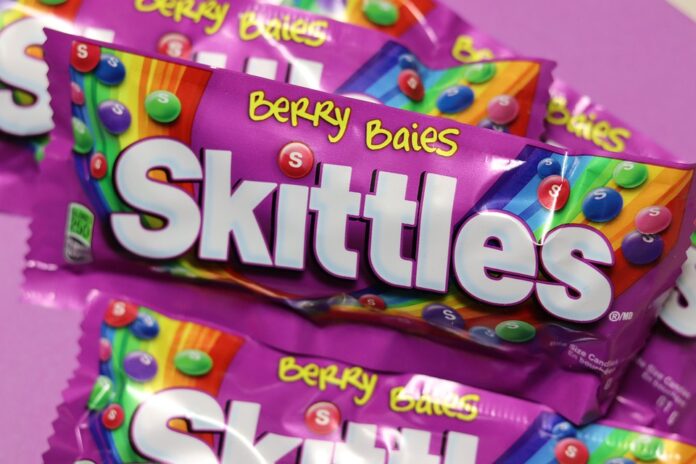The Future of Snack Packaging: Resealable, Recyclable, and Retail Ready
The snack industry is constantly evolving, and one of the key trends that is shaping the future of snack packaging is the move towards resealable, recyclable, and retail-ready packaging solutions. As consumers become more conscious of their environmental impact, they are demanding more sustainable packaging options for their favorite snacks. In this report, we will explore the growing popularity of resealable and recyclable packaging in the snack industry, as well as the rise of retail-ready packaging solutions.
Resealable Packaging: Convenience and Freshness
Resealable packaging has become increasingly popular in the snack industry due to its convenience and ability to keep snacks fresh for longer periods of time. Brands are now offering snacks in resealable pouches, bags, and containers, allowing consumers to enjoy their favorite treats on-the-go without worrying about freshness or spillage.
According to a report by Grand View Research, the global resealable packaging market is expected to reach $17.8 billion by 2025, with a compound annual growth rate of 5.7%. This growth is driven by the increasing demand for convenience and sustainability among consumers, as well as the rise of e-commerce and online grocery shopping.
Companies like PepsiCo, Mondelez International, and Nestle are leading the way in adopting resealable packaging for their snack products. PepsiCo, for example, has introduced resealable packaging for its popular brands like Lay’s and Doritos, allowing consumers to enjoy their snacks in multiple sittings while keeping them fresh and crispy.
Recyclable Packaging: A Sustainable Solution
In addition to resealable packaging, recyclable packaging is also gaining traction in the snack industry as consumers become more environmentally conscious. Brands are now using recyclable materials like paper, cardboard, and biodegradable plastics to package their snacks, reducing their carbon footprint and contributing to a more sustainable future.
The global market for recyclable packaging is projected to reach $350 billion by 2025, with a compound annual growth rate of 5.5%. This growth is driven by government regulations, consumer awareness, and the shift towards circular economy practices in the packaging industry.
Companies like Kellogg’s, Mars, and General Mills are investing in recyclable packaging solutions for their snack products. Kellogg’s, for example, has committed to making 100% of its packaging recyclable, reusable, or compostable by 2025, as part of its sustainability goals.
Retail-Ready Packaging: Streamlining the Supply Chain
In addition to resealable and recyclable packaging, another trend that is shaping the future of snack packaging is retail-ready packaging. Retail-ready packaging, also known as shelf-ready packaging, is designed to streamline the supply chain and improve efficiency for retailers by making it easier to stock, display, and sell products.
The global market for retail-ready packaging is expected to reach $84.5 billion by 2025, with a compound annual growth rate of 4.3%. This growth is driven by the increasing demand for convenience and efficiency among retailers, as well as the rise of e-commerce and omnichannel retailing.
Companies like Amazon, Walmart, and Target are investing in retail-ready packaging solutions to enhance the shopping experience for consumers. Amazon, for example, offers Frustration-Free Packaging for its snack products, which eliminates excess packaging materials and makes it easier for customers to open and recycle their packages.
In conclusion, the future of snack packaging is resealable, recyclable, and retail-ready, as brands respond to consumer demands for convenience, sustainability, and efficiency. As the snack industry continues to evolve, we can expect to see more innovative packaging solutions that prioritize both the planet and the consumer.




